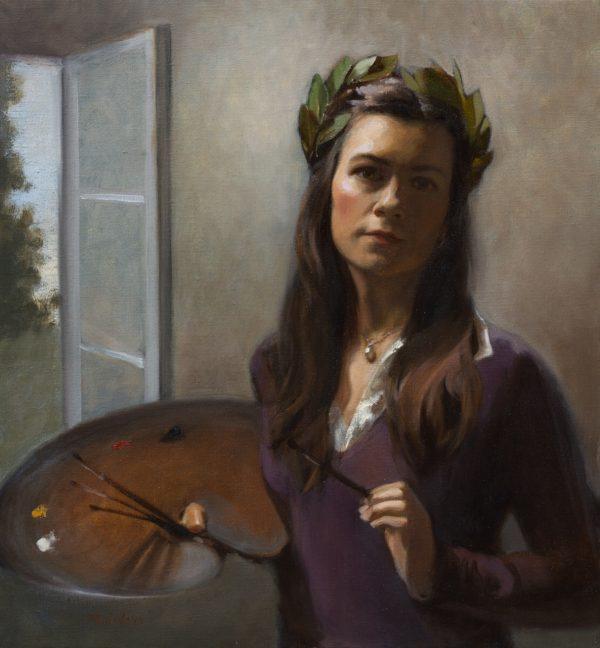Realist painter Tatyana Kulida is simply doing what she loves: creating art from real life and teaching traditional classical art at her Anthesis Atelier in Wellington, on New Zealand’s North Island.

Self-portrait, 2013, by Tatyana Kulida; 26 inches by 30 inches. Steffen Schubert






